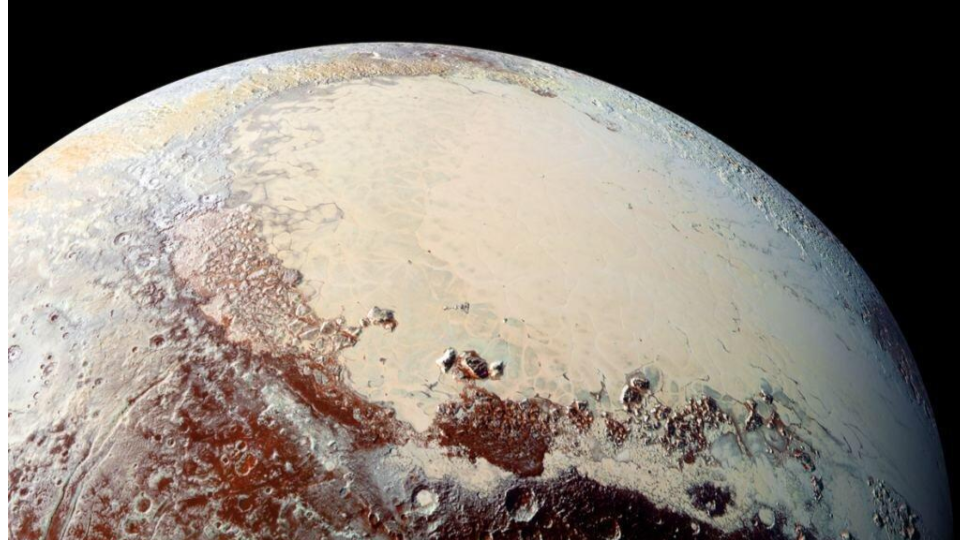
While amazing data is the start of amazing research, it takes a lot of calculations and models to truly understand what the data mean. Nine years after the New Horizons mission flew past Pluto and discovered it has mountains of ice, and a strangely cracked landscape, a new paper in the Journal Icarus with first author Patrick McGovern tries to explain what was seen. They look at Pluto’s ice in detail and consider what kind of internal ocean is required to both cause the cracks and bulges we see, support the surface, and fit with the shockingly cold temperatures of the outer solar system. They find that beneath a 40-80 km ice shell, Pluto likely has an ocean with a density similar to Utah’s Great Salt Lake, or about 8% more than the density of seawater.
